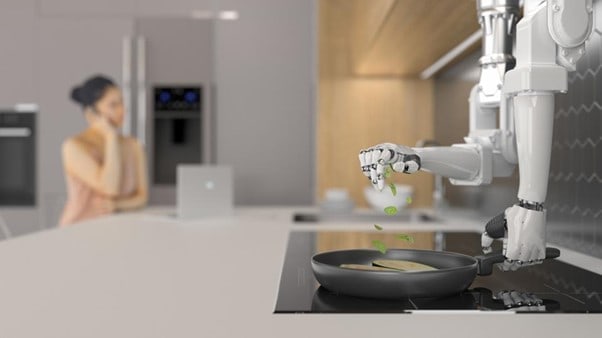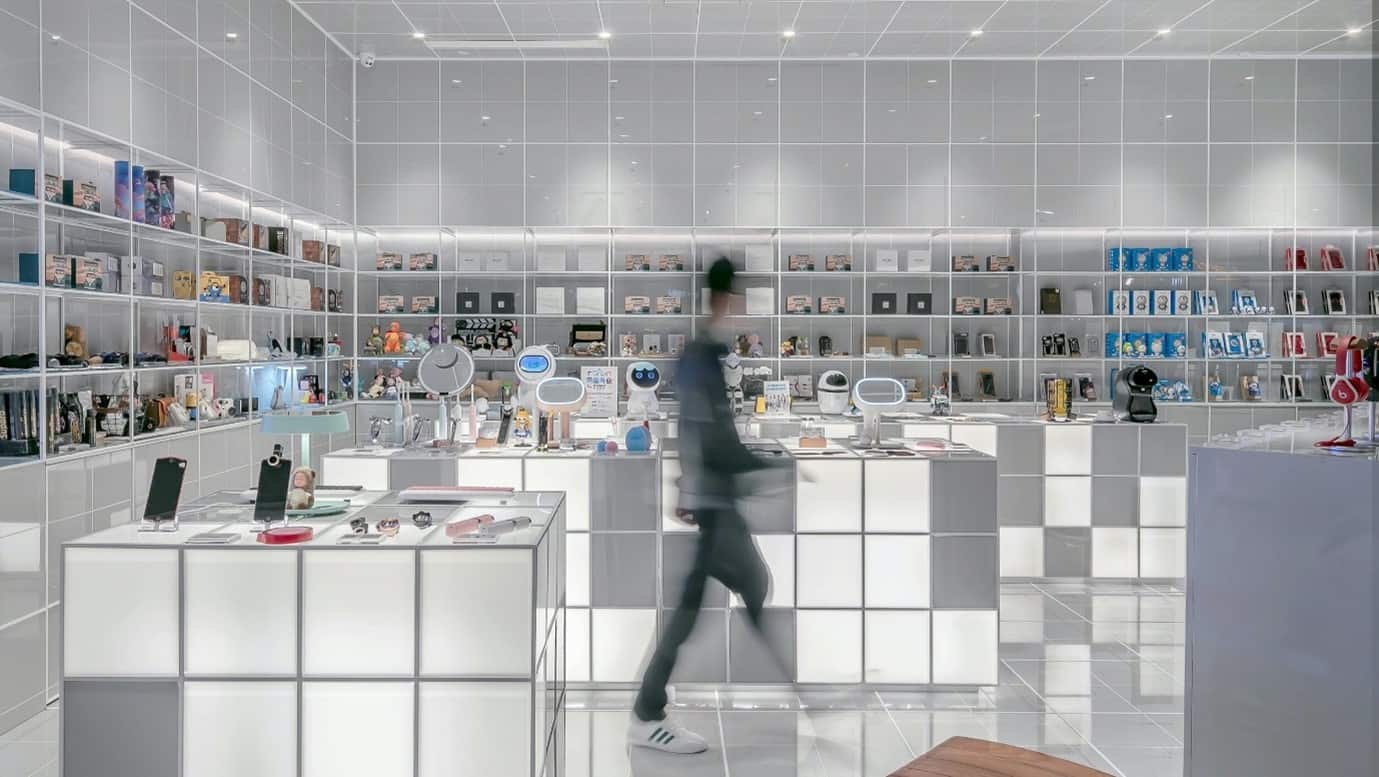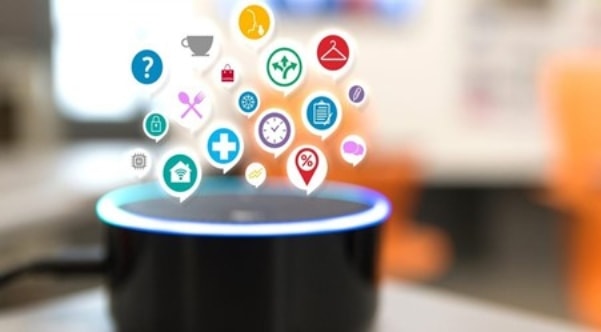Business to Robot to Consumer (B2R2C) – How Will It Influence Us?

B2R2C, also known as Business-to-Robot-to-Consumer, is the trend that many of us will encounter in the near future. It is now considered that we are selling huge amounts of money to robots. To be exact, it will come up to 241.1 billion dollars by the year of 2023, so it proves that we will have to adapt to the emerging change of shifting our businesses to the Business-to-Robot-to-Consumer model in the very near future.

Marketing is changing tremendously fast, as voice assistants, Artificial Intelligence (AI) and digital avatars become the gatekeepers between brands and consumers. With these tools becoming more widespread, will CMOs have to rethink their brand strategies for creating winning brands? Will the Robots delivering our food, cooking it and taking care of us be the most effective tool for approaching target consumers for brands?
According to Kim Bates, the Chief Futurist at Faith Popcorn’s Brain Reserve, ‘’the customer journey of the future will begin to emerge as the B2R2C model. Our robot intermediaries will have greater control of what we eat, our nutrition, and health care regimens. They will influence our immersive and entertainment experiences and the products we bring at home’’.
As the futurist says, we will be influenced by in-house carebots, taking care of our well-being, cooking healthy meals and overall determining our nutrition and lifestyle in the future. This is all thanks to robots coming to in help by relieving unnecessary stress within our lives.

Living in 2021, where e-commerce is booming and more and more enterprises are robotising their services and communication channels, helping people minimize stressful moments and simply allowing to enjoy lives even more. All of this makes marketers doubt whether they have the correct marketing strategies for their customers in the areas where robots are taking the first rows.

Millions of users are already experiencing the virtual assistants Siri, Alexa and Google. These devices use the Artificial Intelligence trying to predict human thoughts, finishing up the sentence while typing, or what we might need for the upcoming day. The voice assistants already know what we need from our devices, so this is a wake-up call for CMOs to rethink their marketing strategies.

For the CMOs it is important to remember that the brand strategy may remain, but brand activation will forever change. There will be a new set of customers to persuade considering a certain product or a service. Those new customers are the gatekeepers that lead us to the human end-users.
What we suggest for CMOs or marketers is to look out for 2 important implications they should consider. The first one is crafting relationships with different key influencers that fit the brand. The modern-day customer is in need of social proof, therefore, by communicating your product through an influencer that fits your brand, you will be able to get more customers attracted to your product. The other implication is harnessing social media, the most powerful vehicle of communication in the B2C section. The B2R2C relationship is crafting the relationships, as well as establishing key influencers to reach a target market. Even though this might sound too futuristic, the key influencers include a growing number of robots and virtual beings. Lil Miquela (https://www.instagram.com/lilmiquela/) is one of the Robot examples, that is being used by brands. Lil has already more than 3 million followers on Instagram, which proves the high level of influence that rapidly grows.
As we journey into the synthetic years, a brand’s consumers will evolve and will not only include humans, but also robots, virtual beings, and even augmented humansIn some ways, the shift in which we experience changes of who owns the relationship will impact us as consumers and the whole industry of marketing will have to adapt to that. Brands should explore and adopt the ever-evolving technology to differentiate themselves from their competition and think outside the “bot.”




